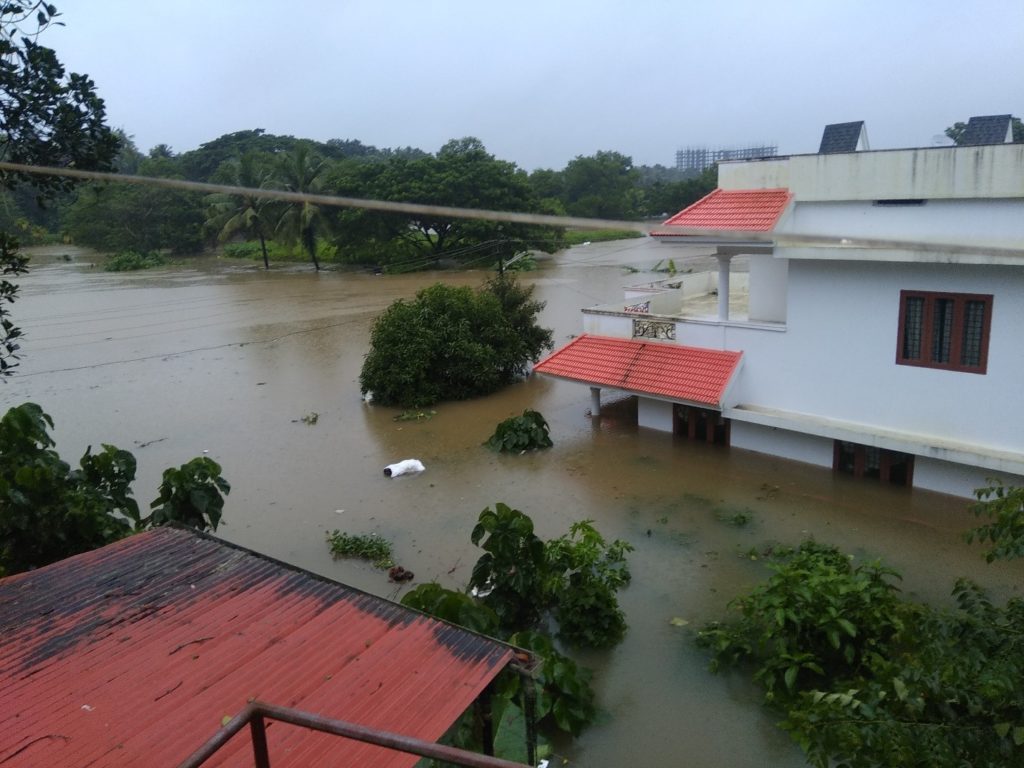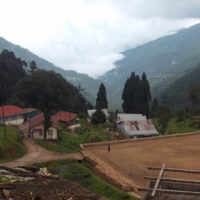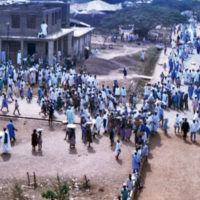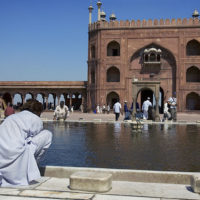 KERALA, INDIA – The southern state of Kerala on India’s west coast has been inundated by monsoon-generated floodwaters that have destroyed 40,000 crore hectares of crops, destroyed countless homes, commercial buildings, and displaced more than a million people.
KERALA, INDIA – The southern state of Kerala on India’s west coast has been inundated by monsoon-generated floodwaters that have destroyed 40,000 crore hectares of crops, destroyed countless homes, commercial buildings, and displaced more than a million people.
Although the flood waters are receding, much of Kerala is still under water. State Agriculture Minister Sunil Kumar said that at least 50,000 houses are either fully or partially damaged by the floods and landslides witnessed across the state. Since his statement, the count of damaged or destroyed homes has risen above 100,000.
Over 10,000 km of roads have been damaged and will need to be reconstructed.
One farmer, receiving relief supplies from Gospel for Asia (GFA) representatives on site, said, “My family is staying in the relief camp for four days. Our house is filled with water. I lost my paddy field and crops”
Dr. K.P. Yohannan, the founder of Gospel for Asia (GFA), who is also on-site, noted, “Kerala has experienced an unexpected flood and loss, but the Church will stand with the affected people and will help them in whatever way possible.”
The needed aid has turned from rescue to relief. Recovery efforts are also underway but, for some, recovery may take much longer than a few weeks or months.
In the meantime, healthcare officials are concerned about the increased potential for a post-flood crisis of water-borne and vector-borne diseases that would compound the misery created by the flood. Local health officials have already begun distributing preventive medications to impede the outbreak of diseases common to areas that have been flooded with contaminated water.
The main concerns are outbreaks cholera, diarrhea, malaria, typhoid, and filariasis.
Cholera can take the lives of infected persons within a matter of hours after the victim ingests water contaminated with the Vibrio cholerae bacteria.
Typhoid spreads through contaminated food or water and is also communicable. With so much agricultural land inundated, crops, if not destroyed could easily be contaminated.
Diarrhea already takes more lives in India than any other water-borne disease and it is among the Top Five reasons for infant-mortality of children under the age of five. On a percentage basis, the death toll from diarrhea in India is worse than Myanmar, Kenya, and Pakistan.
Malaria is deadly. It is spread by the Plasmodium mosquito, a parasite whose breeding grounds include stagnant and contaminated water.
Filariasis is a disease with which most of us are unfamiliar. Like malaria, it is also spread by mosquitos that carry the parasitic filarial nematode worm. Infection leads to blindness and physical disfiguration.
We can be thankful that the flood is over. But the crisis is not. The memory of the flood will remain with the people of Kerala for a long time. Neither should we forget them just because the crisis is no longer in the headlines.
Christians can commit to praying for the Kerala victims, not just today, but for a long time to come.
Sources:
- NDTV, Kerala Flood Live Updates: 10 Lakh Still At Relief Camps; Centre To Give More Funds
- Live Mint, Water, vector-borne disease outbreak looms over Kerala
- Reset, Water-borne diseases in India
- News Grid, Kerala flood survivors face ‘great struggle’ to rebuild lives
Image Source:
- By Ranjithsiji [CC BY-SA 4.0], from Wikimedia Commons




